How to spot the warning signs of Brand Dementia
Time to take Brand Dementia seriously. With early detection your brand can avoid the fate of Columbia House, Sears, Borders, Kodak or Encycl...
13 Mar 2024 12940 ViewsIf you’re old enough to remember any of the albums below, then you may have noted the recent passing of Columbia House Record Club. Last month, the sixty-year-old marketing icon filed for bankruptcy. This is hard to believe when you consider the business advantage Colombia House had as, essentially, the iTunes of the 1970’s. No company in the music industry was better positioned to dominate the digital music scene as it emerged.
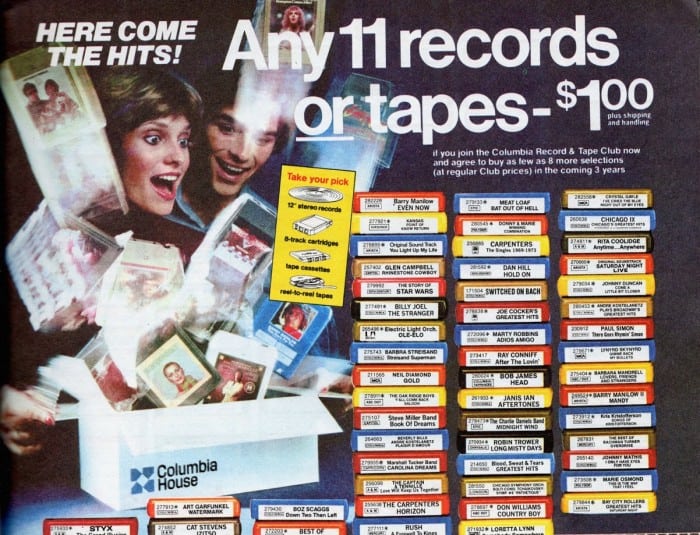
The entertainment brand that made Terre Haute, Indiana famous thought it was in the parcel distribution business.
The colossal lack of marketing acumen required to blow that advantage was made apparent in a U.S. bankruptcy court in Manhattan last month. The entertainment giant that once commanded a staggering $1,5 billion in annual operating profit appeared in court, looking frail and emaciated with a paltry two million dollars to its name and $63 million in debt. Cut down in what should have been its prime, this company is the most recent victim of early onset Brand Dementia.
Understanding the Condition of Brand Dementia
Confusion, loss of vision, incessant babbling. They used to call it old age or senility. Now we recognize these as the symptoms of Brand Dementia. In the case of Colombia House, the diagnosis was as clear as it was heartbreaking. During the bankruptcy hearing, Rolling Stone magazine reported that the organization blamed their failure on “the ever-changing digital and online landscape that continues to erode at the physical medium’s sales.” Physical medium? Did Columbia House seriously believe it was in the business of moving parcels around America? It gets worse.
The company’s director, Glenn Landberg, had this to say in the bankruptcy filing. “This decline is directly attributable to a confluence of market factors that substantially altered the manner in which consumers purchase and listen to music, as well as the way consumers purchase and watch movies and television series at home.” What he is saying is that his company failed because his market did not remain frozen in time for sixty years (like markets usually do).
Since 1955, Columbia House reigned as the undisputed king of direct response advertising. However, as any lucid marketer knows, the essence of marketing is not advertising, but the constant monitoring of markets and subsequent adaptation of product, price, place, and promotion. The market changes that apparently took Columbia House by surprise evolved over decades, not days, and were plain to anyone looking. But, don’t blame Glenn, his nonsensical babbling is just the dementia talking.

Brand Dementia Is the leading cause of corporate mortality, but can be cured with early detection.
Recognizing the Symptoms
Look around. Brand Dementia is not hard to spot. Onset usually begins in middle age as a brand grows increasingly sedentary and set in its ways. In most cases, loss of vision is the first symptom, causing the brand to move in fits and starts without any sense of direction. This is usually accompanied by acute hearing loss, especially in the range spoken by the target market. Speech problems will then develop, as clear articulation gradually gives way to irrelevant babble about passion, commitment, and quality. The limited gait observed in dementia of brand is in stark contrast to the purposeful strides of a healthy brand. The afflicted brand shuffles along clumsily, unable to keep up with consumers. Brands in this condition usually compensate by blindly following competitors.

Sears and The Kardashians – a match made In Brand Dementia
Stripped of any long-range vision, the brand is unable to see beyond the next quarter and will often walk right into oncoming obstacles. A decline in social skills leads to further alienation from its target market. This can be seen in the brand’s awkward attempts to fit in with a generation it has lost touch with and clearly can’t begin to fathom. As the condition worsens, the brand is easily overwhelmed by technology and can no longer cope with change. Late stages will bring paralysis, accompanied by a complete loss of identity and purpose.
Seeing your childhood heroes decline in this manner is never easy. I watched this happen to my beloved Sears, whom I’d known for over forty years. The last time I saw Sears, it was obvious that the brand was terribly confused and had no idea who I was. It was sad the way it stared blankly back at me when I went to visit. I’m still getting over it.
Click and read more what is a brand.
Preventing Brand Dementia
The real shame is that we had the knowledge to diagnose and treat brands like Columbia House, Sears, Borders, Encyclopedia Britannica, and Kodak back when there was still time. In fact, Brand Dementia is curable if detected early. With today’s modern marketing, there is no reason why any brand shouldn’t be able to live a healthy, productive life for at least a few centuries. As with many business maladies, a healthy lifestyle is the key to prevention. Here are a few tips to keep your brands in top shape.
Diet: Brands need a regular diet of target market insight from the four main nutritional groups: perceptions, beliefs, touch points, and behavior. These help ward off irrelevance and can provide early warning for other health issues years before any clinical symptoms appear.
Exercise: CEOs and other brand managers need to get out more. An exercise we have found particularly invigorating is to walk in the shoes of your customer for a few miles each week. Tearing down silos inside the company can also provide an excellent workout and add years to a brand’s life.
Circulation: Constricted attention spans often prevent information pumped out of the marketing department from reaching command and control centers in the C-Suite. Short, jargon-free updates that reflect C-suite priorities are less prone to clotting.

Wikipedia Article on Encyclopedia Britannica — Brand Dementia is not without irony.
Regular check-ups: Too many brand managers treat positioning as an event. Once the consultants leave, they cross it off their to-do lists and carry on as before. As the name implies, positioning is a dynamic activity of anticipating and adapting to markets. Regular brand check-ups ensure progress.
When to see a professional: Don’t wait until sales drop. Brand Dementia is often misdiagnosed as a quality defect, sales hiccup, or market constipation. If a company’s vital signs seem off, Brand Dementia should be suspected immediately, especially among high-risk companies.
Intervention: We all know that brand survival depends on the combined effectiveness of product, price, place, and promotion. So, who in the organization is responsible for all that? Hint: It’s not the CMO. If the CEO can’t market, an intervention may be the only option to save them from themselves.
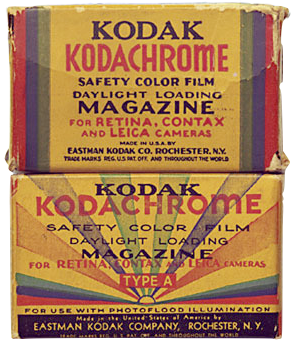
The Fall Of Film – Who could have seen that coming?
It’s time for marketers to take Brand Dementia seriously. Left untreated, this condition destroys lives and is the leading cause of premature mortality among otherwise healthy businesses. Don’t let this happen to the brands you love. The untimely death of Columbia House Record Club should serve as a lesson to us all. Let’s make sure Columbia House did not die in vein by using this tragedy to raise awareness in C-suites and boardrooms around the world. Brand Dementia is entirely preventable and together we can wipe out this scourge in our lifetime.
Also read the post about the history of marketing.
Like this post? You'll find more marketing insights in my new book: International Brand Strategy: A guide to achieving global brand growth, now available from booksellers globally. Order your copy here.

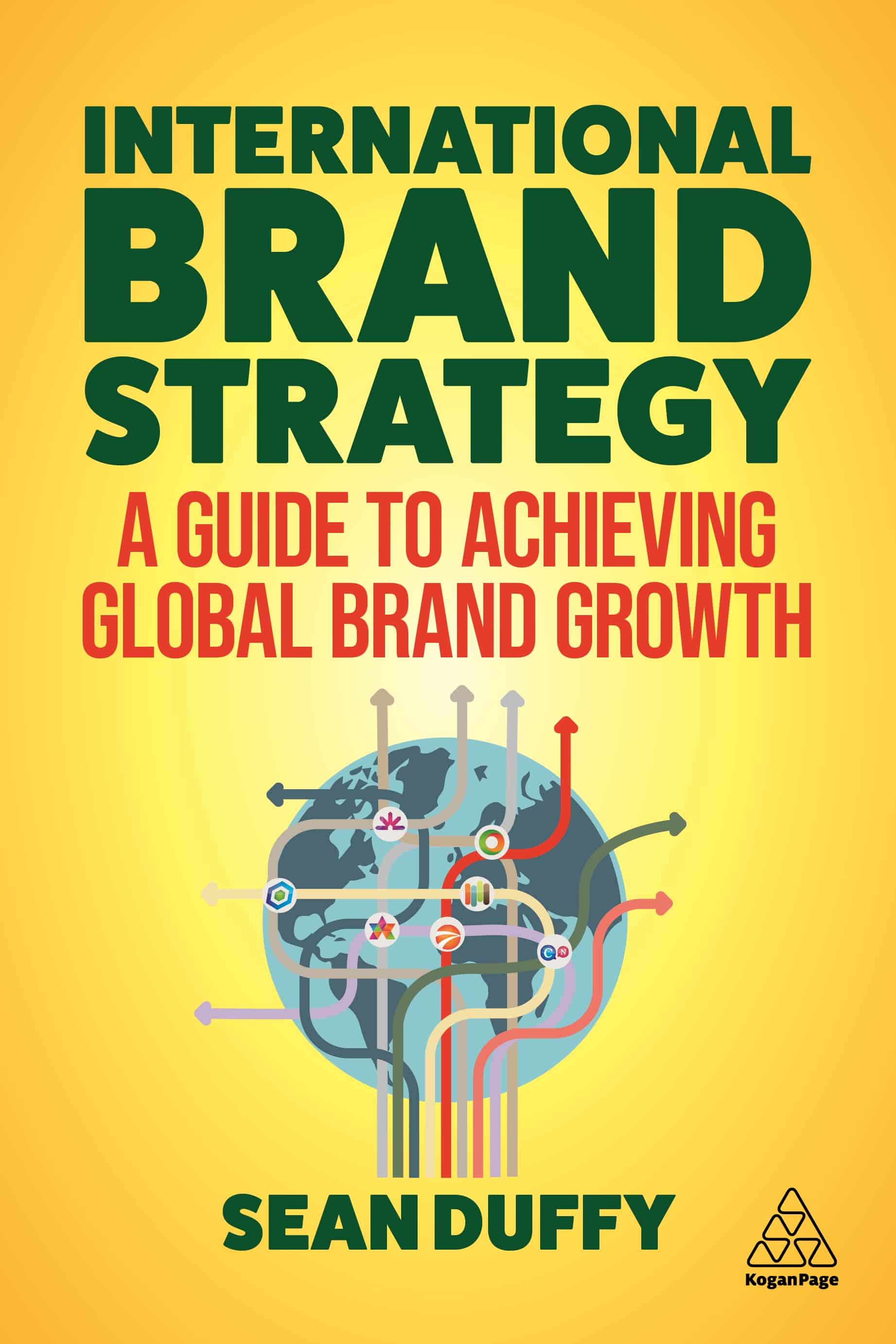


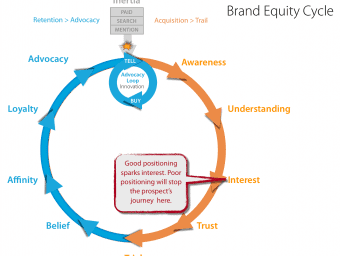
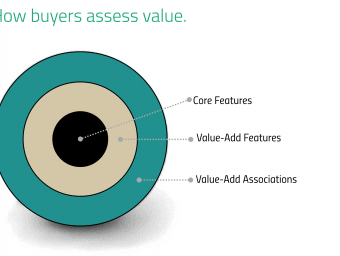

3 replies
Great rant, Sean. I’m a long-time direct response copywriter, and my first job was a copywriter for Sears which was certainly great training in the day. Even back in the 70s, we could see the early warning signs of dementia with Sears’ complete inattention to the nascent digital world. So your comment about your “beloved” Sears caught my attention — are you also a Sears alum?
Thanks Brent,
Yes, Sear’s was the cutting edge retailer in it’s day. I’ve never worked for Sears, but they have a special place in my heart as a consumer. My brand loyalty began around age 5 as I eagerly studied every page of their annual Wish Book in preparation for Christmas.